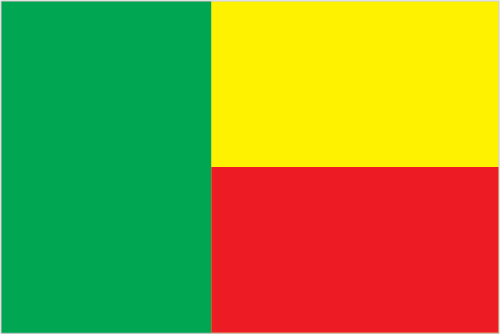
The economy of Benin remains underdeveloped and dependent on subsistence agriculture, cotton production, and regional trade. Growth in real output had averaged almost 4% before the global recession and it has returned to roughly that level in 2011-12. Inflation has subsided over the past several years. In order to raise growth, Benin plans to attract more foreign investment, place more emphasis on tourism, facilitate the development of new food processing systems and agricultural products, and encourage new information and communication technology. Specific projects to improve the business climate by reforms to the land tenure system, the commercial justice system, and the financial sector were included in Benin's $307 million Millennium Challenge Account grant signed in February 2006. The 2001 privatization policy continues in telecommunications, water, electricity, and agriculture. The Paris Club and bilateral creditors have eased the external debt situation with Benin benefiting from a G-8 debt reduction announced in July 2005, while pressing for more rapid structural reforms. An insufficient electrical supply continues to adversely affect Benin's economic growth though the government recently has taken steps to increase domestic power production. Private foreign direct investment is small, and foreign aid accounts for the majority of investment in infrastructure projects. Cotton, a key export, suffered from flooding in 2010-11, but high prices supported export earnings. The government agreed to a 25% increase in civil servant salaries in 2011, following a series of strikes, increasing pressure on the national budget. Benin has appealed for international assistance to mitigate piracy against commercial shipping in its territory.
$16.65 billion (2013 est.)
country comparison to the world: 141
$15.86 billion (2012 est.)
$15.04 billion (2011 est.)
5% (2013 est.)
country comparison to the world: 59
5.4% (2012 est.)
3.5% (2011 est.)
$1,600 (2013 est.)
country comparison to the world: 202
$1,600 (2012 est.)
$1,500 (2011 est.)
agriculture: 31.6%
industry: 12.9%
services: 55.6% (2013 est.)
37.4% (2007 est.)
2.4% (2013 est.)
country comparison to the world: 88
6.8% (2012 est.)
3.662 million (2007 est.)
country comparison to the world: 95
NA%
NA%
textiles, food processing, construction materials, cement
3.7% (2013 est.)
country comparison to the world: 79